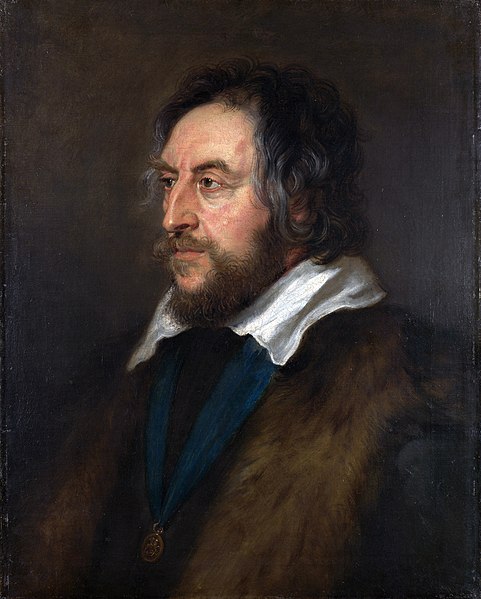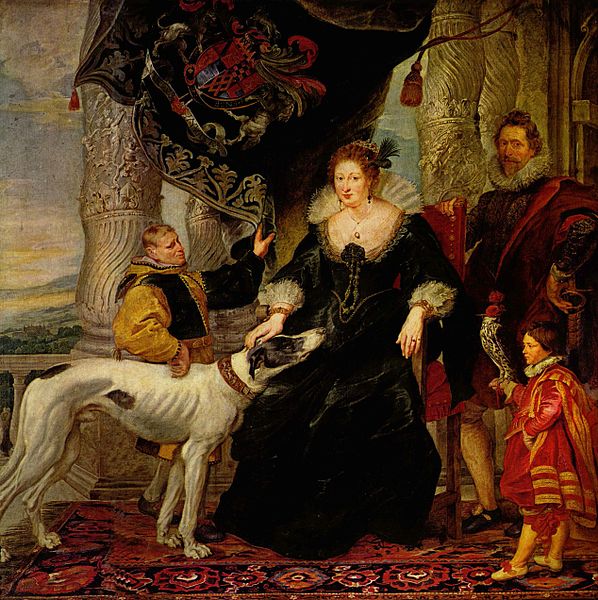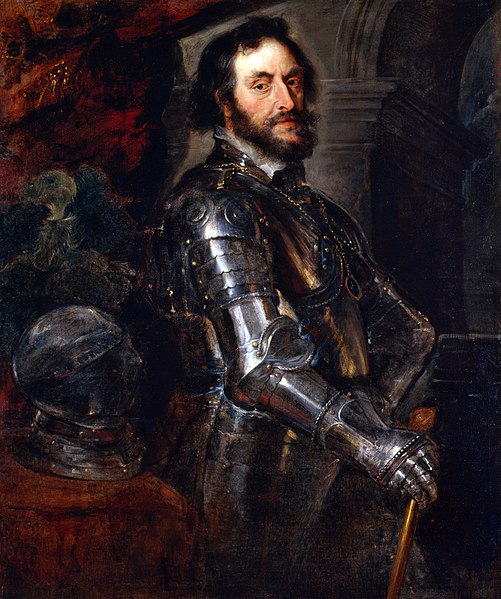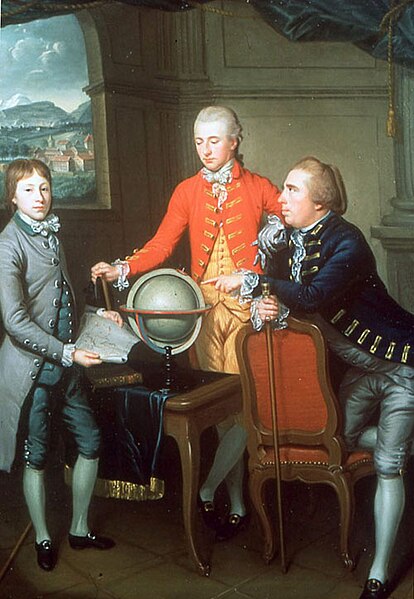Thomas Howard, 14th Earl of Arundel
Thomas Howard, 14th Earl of Arundel KG, was an English peer, diplomat and courtier during the reigns of King James I and King Charles I, but he made his name as a Grand Tourist and art collector rather than as a politician. When he died he possessed 700 paintings, along with large collections of sculptures, books, prints, drawings, and antique jewellery. Most of his collection of marble carvings, known as the Arundel marbles, was eventually left to the University of Oxford.
Portrait by Peter Paul Rubens, 1629-1630, National Gallery
Peter Paul Rubens: Alathea Talbot, Alte Pinakothek, 1620
Armoured portrait by Rubens
The Grand Tour was the principally 17th- to early 19th-century custom of a traditional trip through Europe, with Italy as a key destination, undertaken by upper-class young European men of sufficient means and rank when they had come of age. The custom—which flourished from about 1660 until the advent of large-scale rail transport in the 1840s and was associated with a standard itinerary—served as an educational rite of passage. Though it was primarily associated with the British nobility and wealthy landed gentry, similar trips were made by wealthy young men of other Protestant Northern European nations, and, from the second half of the 18th century, by some South and North Americans.
A c. 1760 painting of James Grant, John Mytton, Thomas Robinson and Thomas Wynne on the Grand Tour by Nathaniel Dance-Holland
The Grand Tourist, like Francis Basset, would become familiar with Antiquities, though this altar is an invention of the painter Pompeo Batoni, 1778.[citation needed]
Portrait of Douglas, 8th Duke of Hamilton, on his Grand Tour with his physician Dr. John Moore and the latter's son John. A view of Geneva is in the distance where they stayed for two years. Painted by Jean Preudhomme in 1774.
Northerners found the contrast between Roman ruins and modern peasants of the Roman Campagna an educational lesson in vanities[citation needed] (painting by Nicolaes Pietersz Berchem, 1661, Mauritshuis)







![Northerners found the contrast between Roman ruins and modern peasants of the Roman Campagna an educational lesson in vanities[citation needed] (paint](https://upload.wikimedia.org/wikipedia/commons/thumb/b/b1/Shepherds_beside_Roman_ruins.jpg/640px-Shepherds_beside_Roman_ruins.jpg)